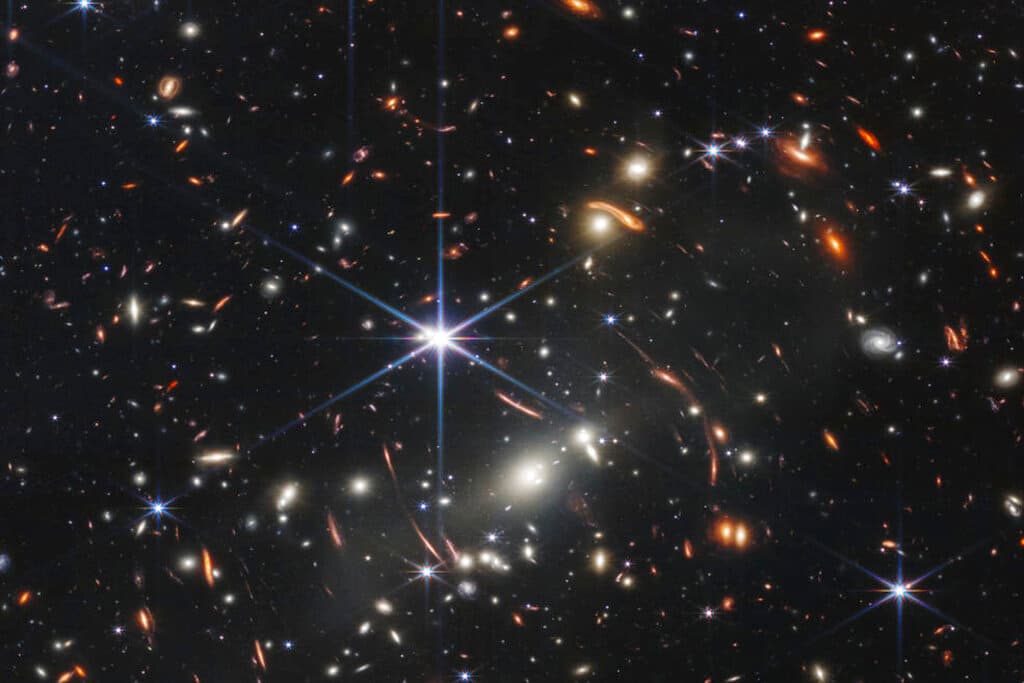Massive Object Zipping Through Space at 1 Million Miles per Hour — and NASA Doesn’t Know What It Is
The colossal object — about 27,306 times the size of Earth — is found by citizen scientists.

An unusual celestial object, moving at an astonishing speed of one million miles per hour, has been discovered and may be on the verge of leaving our galaxy, NASA reports.
Identified as CWISE J1249, the colossal object — about 27,306 times the size of Earth — was found by citizen scientists analyzing data from NASA’s Wide-field Infrared Survey Explorer telescope, known as WISE for short. Despite its discovery, experts have yet to determine the exact nature of the new object.
While similar in size to a star, CWISE J1249 diverges significantly from most known stars that orbit the center of the Milky Way. Its low mass complicates identification efforts, with NASA noting that it could either be a low-mass star or a brown dwarf.
Brown dwarfs are celestial bodies that do not steadily fuse hydrogen in their cores, and out of the 4,000 discovered in WISE data, none are traveling toward intergalactic space like CWISE J1249.
Adding to the mystery, CWISE J1249 has an unusual composition, containing much less iron and other metals than typical stars and brown dwarfs. This suggests it is quite ancient, potentially originating from one of the first generations of stars in our galaxy, according to NASA.
Scientists are puzzled by the incredible speed of CWISE J1249. One theory posits that it originated from a binary system with a white dwarf that exploded as a supernova. Another possibility suggests it was ejected from a globular cluster after a close encounter with a pair of black holes.
“When a star encounters a black hole binary, the complex dynamics of this three-body interaction can toss that star right out of the globular cluster,” said an incoming assistant professor, Kyle Kremer, at UC San Diego’s Department of Astronomy and Astrophysics, according to the American edition of London’s Sun newspaper.

